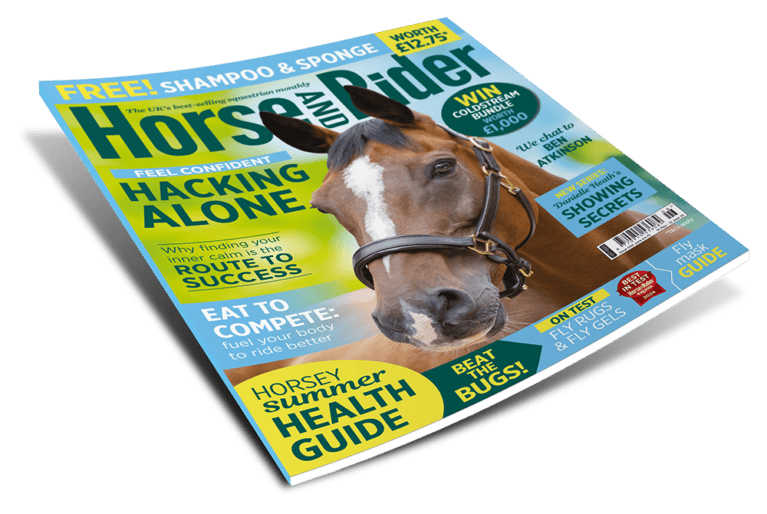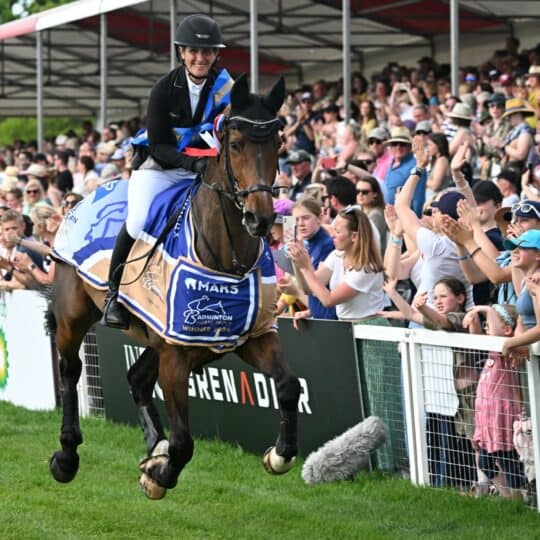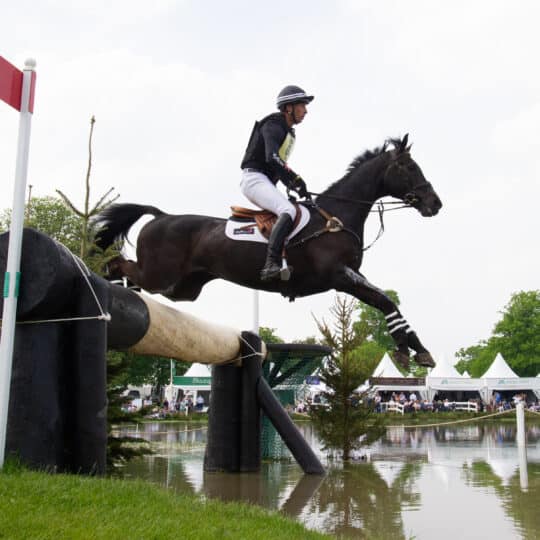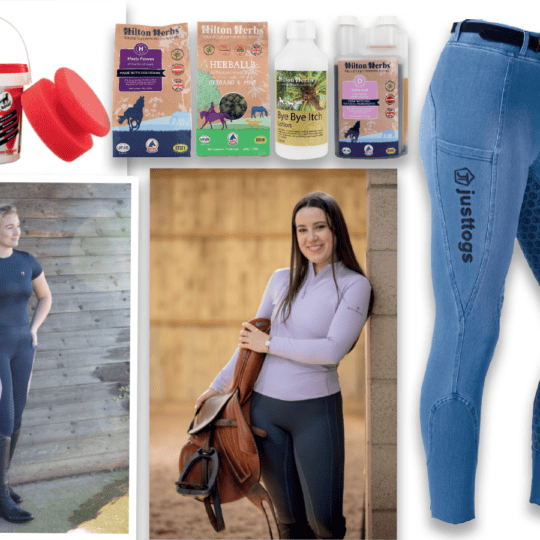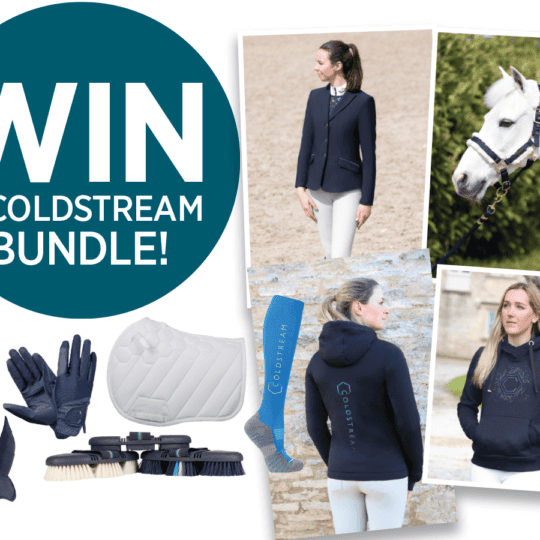Is biosecurity giving you the blues? Here are six top tips to keeping your horse safe and sound with the ultimate yard set-up

Most owners are aware of the need to protect their horse from infectious diseases, such as equine influenza, strangles or equine herpes virus (EHV), but the big decisions – such as those made when isolating new horses or screening checks – are usually down to the yard owner or manager.
Livery yards often have varied systems and procedures in place, which can vary from a well-executed, gold-standard plan to nothing at all. While some yards might have a sound protocol on paper, it may not be fully implemented. As an owner this can feel frustrating, but there are still steps you can take to protect your horse, yourself.
Did you know?
It’s important to consider fungal conditions, such as ringworm, and the parasite burden of a new horse on the yard.
Why biosecurity matters
The spread of infectious diseases needs to be controlled for the sake of the entire equine population, and there are welfare and financial implications, such as vets’ fees, if appropriate precautions aren’t taken. It’s important to have consistent steps in place, not only thought about once an outbreak is actually happening – as in the EHV outbreak in Hampshire earlier this year and national equine influenza epidemic in 2019. New horses arriving on a yard should be considered potential carriers of disease, so you must think carefully about how to protect the existing horses, as well as the new arrival. With that in mind, here are six ways to improve biosecurity on your yard.
1. On his lonesome
Even an outwardly healthy horse can incubate disease, or be a silent carrier, bringing infection into the yard. Providing as much physical separation as possible between the established yard and the newcomer is best. Even if he can’t achieve physical contact with his new yardmates, particles from an infected horse can travel a long way through sneezes – the flu, which is spread as aerosolised droplets, can make its way quickly through a yard. If you don’t have a separate stable block to use set up an isolation paddock, provided a separate water source is used and there’s no nose-to-nose contact over the fence.
How long? Horses should be kept in quarantine for two to three weeks following their arrival. This should give sufficient time for you to spot and monitor any problems.
2. Pony patting
Limiting horse-to-horse contact is essential, but it’s important to limit human-to-horse transmission, too. This is because bacteria can be spread indirectly via clothing, hands or yard equipment.
Ideally a nominated person or the new horse’s owner should care for him, changing their clothes afterwards and taking other sensible precautions, such as using a boot dip and washing their hands. If a nominated groom is to look after him, they should attend to the new horse first or last, remembering to change clothes and wash up before and after. The horse’s owner shouldn’t touch other horses after interacting with their own and should use their own equipment where possible.
How long? Avoiding new horses on the yard should be done until they come out of isolation and you’re confident they aren’t carrying anything untoward.
Top tip
Often yard equipment is forgotten and bacteria can live on buckets or a wheelbarrow, which may then be used on other parts of the yard, so take care to thoroughly disinfect them.
3. Hot and cold
Taking twice-daily rectal temperatures of a new horse, or if your horse has been away from the yard at a camp, clinic or competition, is an effective and low-cost way to catch infection early. With strangles, for example, an increase in temperature is often noted prior to other signs occuring, and this is usually before the horse starts shedding bacteria that can be passed onto other horses. Should you note any changes in temperature, a plan can be actioned to quarantine the affected horse, limiting the spread of the disease.
How long? Keep an eye on a new horse’s temperature for two to three weeks after he’s arrived. It’s worth continuing for a few days after he comes out of isolation to be safe.
Did you know?
Temperature for a healthy horse should be 37.2 to 38.5 degrees, and it’s important to record your horse’s temperature at a quiet time of day, not when it’s likely to have increased, such as after exercise.
4. Two’s a crowd
On most livery yards owners often bring friends, children, partners or family members to visit their horses, but explaining the biosecurity measures your yard has in place is essential. While enjoying quality time with loved ones, whether human or equine, it’s important to make sure they aren’t popping from stable to stable patting each horse, especially when not all of them would normally come into contact with each other. If your horse is new to the yard it’s best not to bring family and friends to the yard until he’s settled in – however keen you are for everyone to meet him.
How long? Horses in isolation should be left to their own devices, but once they’re on a normal routine visitors can be allowed with continued monitoring.
5. A helping hand
Equine professionals travelling between yards, such as trainers, farriers and physiotherapists, are usually excellent at managing biosecurity. However, to make their lives easier, make sure you have handwasahing facilities available to assist them and let them know ahead of time if they need to take any extra precautions.
How long? It’s worth keeping up with handwashing and biosecurity practices all the time, as this can greatly reduce the risk of disease spreading between yards.
6. Talk the talk
A significant barrier to effective biosecurity is owners not fully understanding yard protocols. For example, if a new horse arrives and is in isolation can he still use the arena? Where are his tack, rugs and equipment stored and will they be separate to other horses’? Ensuring that everyone’s clear on what isolation looks like is the best way to ensure its effectiveness.
How long? Forever! Everyone should have access to yard protocols and be updated of any changes, whether a new horse is on its way or not.
Planning ahead
Implementing some simple biosecurity measures at your yard is easier than you might think. By learning from the Covid-19 pandemic with the help of social distancing, limiting contact and improving hygiene you’re sure to have a safe yard full of happy and healthy horses.
Our expert – Nicola Kinnard-Comedie BHSAI MSc is the owner and founder of NKC Equestrian Training, providing equine first aid courses and live expert training for horse owners and equine professionals.








